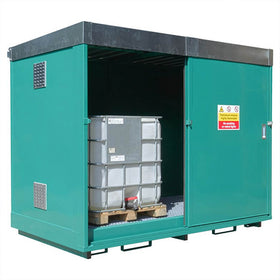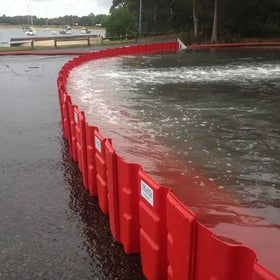Understanding Requirements for Hazardous Substances: Prevention, Storage, and Clean Up
The handling and management of hazardous substances require utmost diligence to safeguard human health and the environment. Hazardous substances, whether they are chemicals, flammable materials, or toxic compounds, pose potential risks if not managed properly. In this blog, we will delve into the crucial aspects of understanding requirements for hazardous substances, focusing on prevention, storage, and clean up procedures to ensure safety and minimize environmental impacts.
Prevention
Prevention is always better than cure, especially when it comes to hazardous substances. Implementing effective preventive measures significantly reduces the chances of accidents and potential disasters. Here are some essential strategies to consider:
Risk Assessment: Conduct a thorough risk assessment to identify potential hazards associated with the substances being used or stored. Understanding the risks helps in devising appropriate control measures.
Training and Education: Properly educate employees and personnel handling hazardous substances about the nature of the substances, potential risks, and safety protocols. Knowledgeable and well-trained staff are better equipped to handle emergencies and mitigate risks effectively.
Engineering Controls: Implement engineering controls, such as ventilation systems, fume hoods, and safety showers, to limit exposure and minimize the release of hazardous substances into the environment.
Personal Protective Equipment (PPE): Ensure that all personnel have access to and properly use the appropriate PPE, including gloves, goggles, respirators, and protective clothing, to safeguard against potential exposure.
Storage
Proper storage of hazardous substances is critical to prevent accidental spills, leaks, or unauthorized access. Adherence to regulations and best practices for storage is imperative:
Secure Facilities: Store hazardous substances in designated, secure areas that have restricted access, preventing unauthorized personnel from coming into contact with the materials.
Compatibility: Segregate and store hazardous substances based on their compatibility to avoid chemical reactions or reactions with incompatible materials.
Secondary Containment: Use bunded fuel tanks and containment systems to create secondary barriers that can capture and contain spills, in case the primary storage vessels fail.
Labelling and Signage: Clearly label all containers and storage areas with appropriate hazard warnings, handling instructions, and emergency contact information.
Inspections and Maintenance: Regularly inspect storage facilities, tanks, and containers to detect any signs of wear, damage, or leakage. Promptly address and repair any issues to prevent potential hazards.
Clean Up
Despite best prevention efforts, accidents can still happen. Therefore, having a well-defined clean up procedure is essential to minimize the impact of hazardous substance spills:
Emergency Response Plan: Develop an emergency response plan that outlines the immediate actions to be taken in the event of a spill or release. Ensure that all personnel are aware of their roles and responsibilities during such incidents.
Containment and Control: If a spill occurs, quickly contain the area to prevent the spread of hazardous substances. Utilize appropriate absorbents, barriers, or diversion methods to limit the contamination.
Proper Disposal: Follow the appropriate disposal protocols for hazardous substances and any contaminated materials. Work with authorized waste management facilities to ensure safe and environmentally responsible disposal.
Documentation: Document all details related to the spill incident, including the cause, response actions, and outcomes. This information is valuable for learning from the incident and making improvements to prevent future occurrences.
Conclusion
Understanding requirements for hazardous substances is vital to maintaining a safe working environment and protecting the surroundings from potential harm. Prevention, storage, and clean up are three key pillars that contribute to effective hazardous substance management. By implementing robust preventive measures, adhering to proper storage practices, and having a well-thought-out clean up procedure, businesses can significantly reduce the risks associated with hazardous substances and contribute to a safer and healthier world for everyone.




